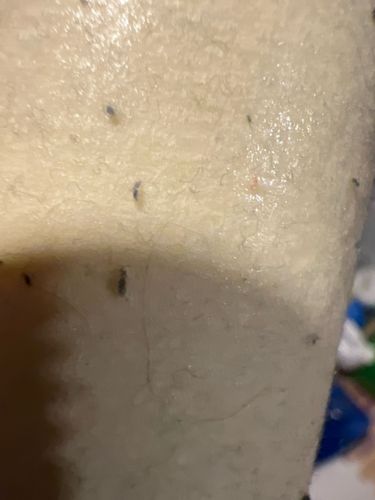Fungus Gnat (likely)
Scientific Name: Sciaridae or Mycetophilidae (among others)
Order & Family: Diptera, families Sciaridae or Mycetophilidae
Size: 1.5 - 5 mm

Natural Habitat
Damp, organic-rich environments, often associated with potting soil, decaying plant matter, and high humidity indoors.
Diet & Feeding
Larvae feed on fungi and decaying organic matter in soil. Adults typically do not feed or feed on liquids.
Behavior Patterns
Adult fungus gnats are weak flyers and are often seen near potted plants, windows, or light sources. They lay eggs in moist soil, and the larvae develop there. Their presence can indicate overwatering or high humidity.
Risks & Benefits
Risks: Larvae can damage plant roots, especially seedlings and young plants, by feeding on them. They are generally harmless to humans but can be a nuisance. Benefits: In natural environments, they contribute to decomposition processes.
Identified on: 10/25/2025